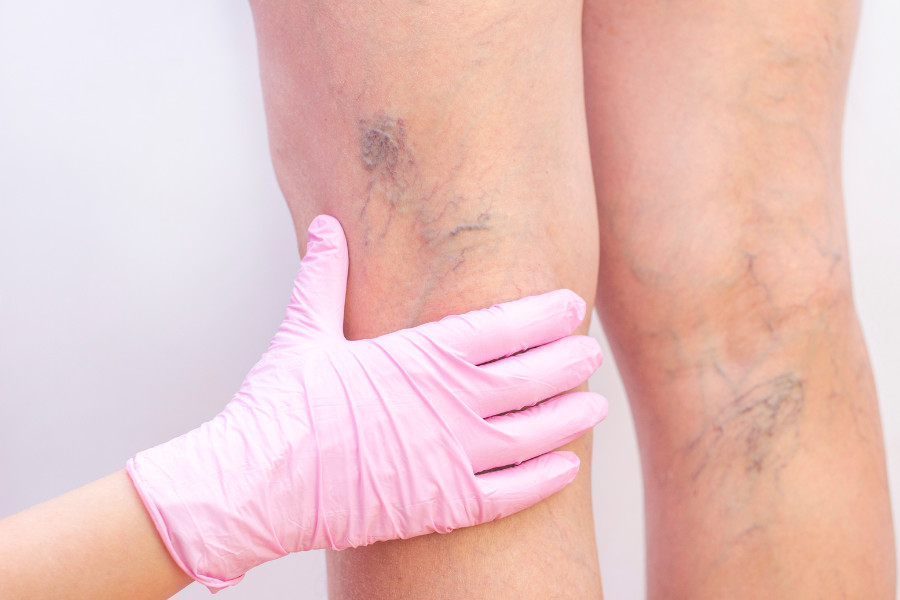
Understanding Sclerotherapy's Versatility
Sclerotherapy is a popular treatment option for those looking to reduce the appearance of spider veins and varicose veins. Whether these veins are causing cosmetic concerns or mild discomfort, sclerotherapy can provide a simple and effective solution. But who exactly can benefit from this treatment? The answer is broad—many people, from different walks of life, may find relief and confidence through sclerotherapy.
Ideal Candidates for Sclerotherapy
People of varying ages can benefit from sclerotherapy, but it is particularly useful for individuals who:
- Have visible spider veins or small varicose veins
- Experience mild discomfort or heaviness in the legs
- Are seeking a non-invasive solution with minimal downtime
- Are in generally good health
Sclerotherapy is often chosen by those who want to improve the appearance of their legs or address discomfort from swollen veins. It’s important to consult with a healthcare professional to determine whether this treatment is right for you.
What Sclerotherapy Can Help Address
Sclerotherapy primarily targets spider veins and smaller varicose veins. These veins can develop due to factors like aging, prolonged standing, or even genetics. For many, these veins are harmless but can cause cosmetic concerns or mild discomfort. By treating these veins, sclerotherapy can improve both the look and feel of your legs, giving you a sense of relief and restored confidence.
Maintaining Healthy Veins After Treatment
After undergoing sclerotherapy, it’s important to support your vein health to maintain results. Here are some simple tips:
- Keep active with regular walking or light exercise to encourage circulation.
- Wear compression stockings as recommended by your provider.
- Avoid standing or sitting for long periods, which can put pressure on your veins.
These habits can help you enjoy long-lasting benefits from your treatment, ensuring your legs feel comfortable and look great.
The content in this blog is for informational purposes only and is not a substitute for professional medical advice, diagnosis, or treatment. Always consult your doctor or a qualified healthcare provider before trying new healthcare protocols.



